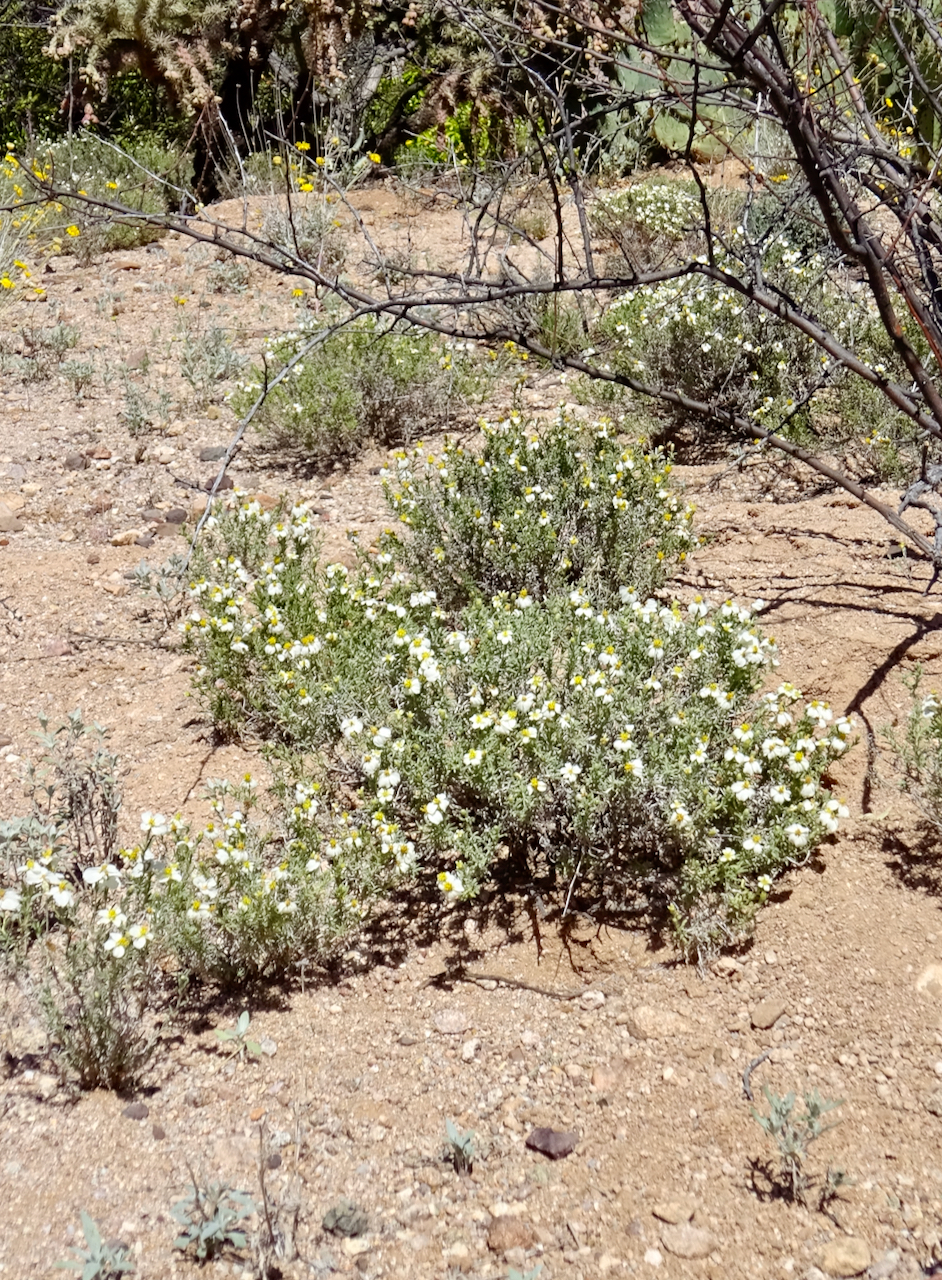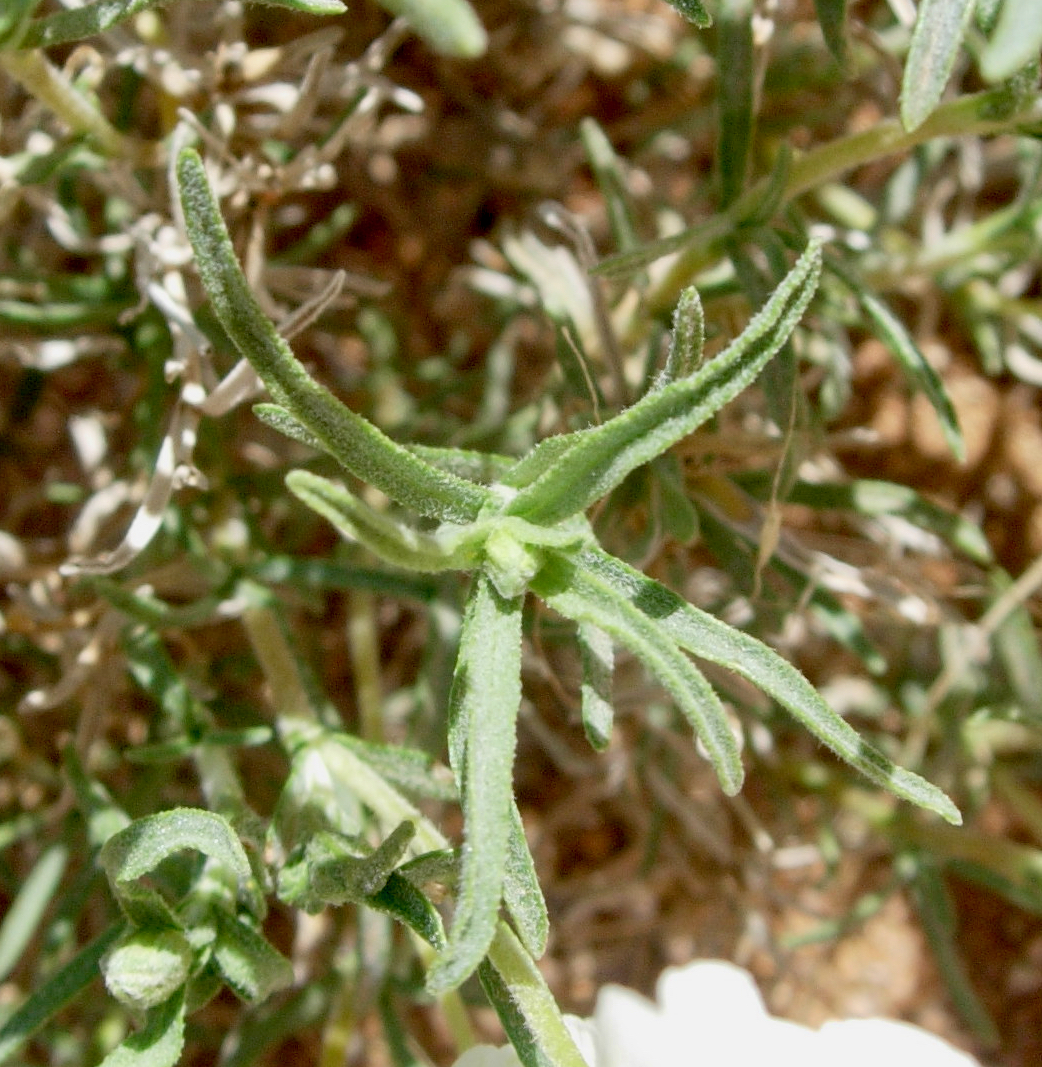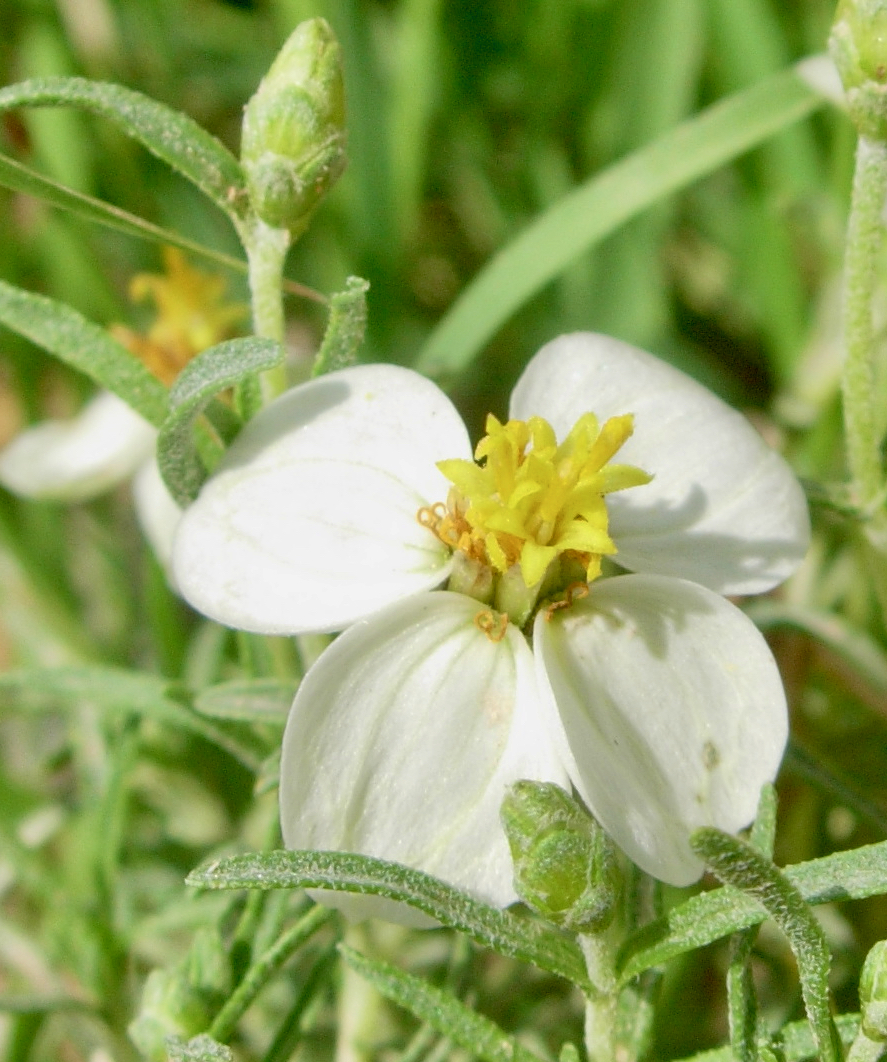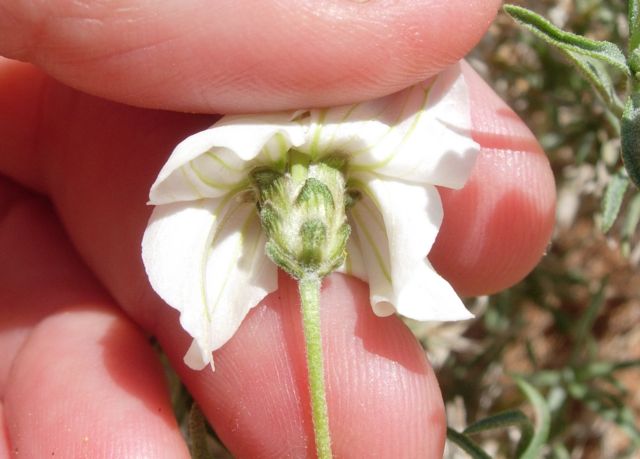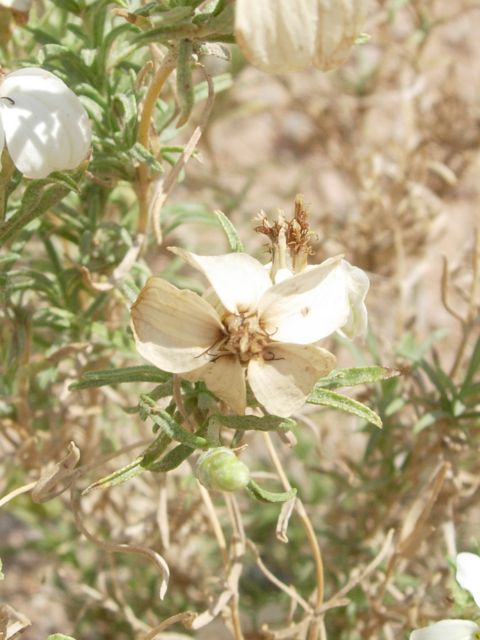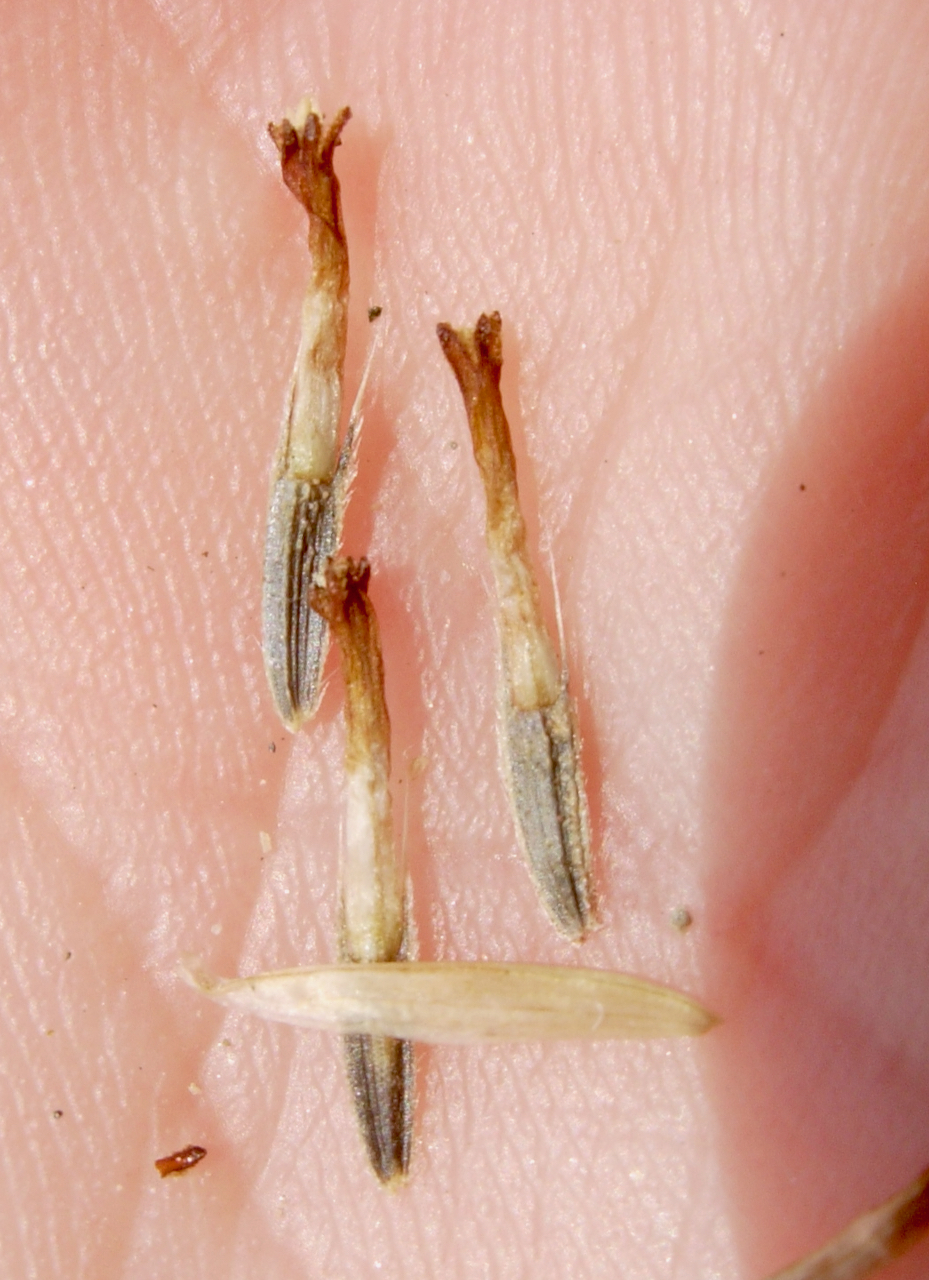Desert Zinnia
Zinnia acerosa
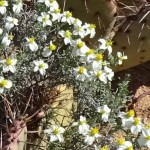
About the Plant
Desert zinnia is a small, woody perennial that blooms abundantly in spring and usually again during monsoon (summer rains usually starting in July). The white flowers of this native turn tan with age, giving the impression of an extended flowering season.
Desert zinnia grows well in full sun on well-drained soil. It can survive on natural rainfall but, in a landscape situation, may look better with supplemental water during the hottest season.
Wildlife value: attracts butterflies, goldfinches may eat seeds
More Information
Technical botanical description from SEINet
In books:
Native Plants for Southwestern Landscapes by Judy Mielke, page 284
Perennials for the Southwest by Mary Irish, page 265
ID Characteristics
This plant is in the Asteraceae - the aster family.
Desert zinnia grows to about 8 inches high and 10 or more inches wide with a rounded form. Its roots and base are woody. The leaf-covered stems are herbaceous.
The leaves are opposite, narrow and needle-like, but soft to the touch. They have one rib and may be up to an inch long. Fine ash-colored hairs give it a whitish appearance.
The flower head is about an inch wide. It is made of a variable number of ray flowers that have large white petals, usually 4-7. The center, disc flowers are yellow and also few in number.
If you look at the underside of the petals, you will see they have green veins.
As the flower ages, the petals dry to an off-white or tan and the center turns brown. The flowers can remain on the plant for several months.
If you rub a dried flower between your fingers, you will release dark seeds, not much more than 1/8 inch long.
